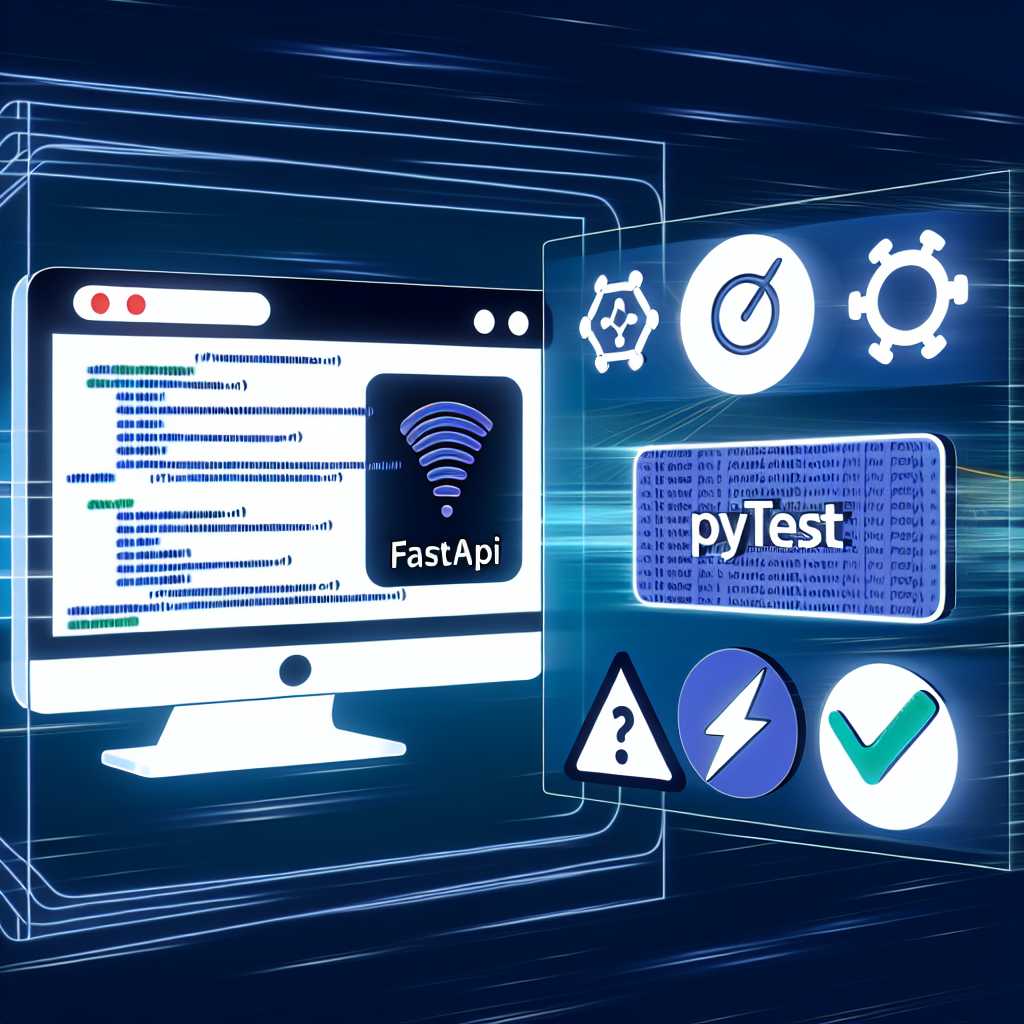As a software engineer and backend web developer, I’ve always found testing to be an integral part of the development process. When working with FastAPI, a modern, fast web framework for building APIs with Python, setting up efficient testing routines can significantly enhance code quality and reliability. In this article, we’ll explore some effective techniques for testing FastAPI applications.
Why Write Tests?
Testing is crucial for verifying the correctness of your applications, ensuring that everything works as expected. It helps catch bugs and errors early, which can save time and resources. Furthermore, having a robust test suite allows developers to make changes and refactor code with confidence, knowing that the existing functionality remains intact.
Setting Up Your Testing Environment
- Choose a Testing Framework:
FastAPI works seamlessly with popular testing frameworks likepytest, which I highly recommend due to its powerful features and ease of use. Start by installingpytestin your development environment:pip install pytest - Use
TestClient:
FastAPI provides aTestClientthat is based onStarlette'sTestClient, powered byrequests. It allows you to simulate requests to your API without any running server:from fastapi.testclient import TestClient from my_fastapi_app import app client = TestClient(app)
Writing Your First Test
Let’s look at a simple example of writing a test for a FastAPI application endpoint:
from fastapi import FastAPI
from fastapi.testclient import TestClient
app = FastAPI()
@app.get("/items/{item_id}")
async def read_item(item_id: int):
return {"item_id": item_id}
client = TestClient(app)
def test_read_item():
response = client.get("/items/42")
assert response.status_code == 200
assert response.json() == {"item_id": 42}
This simple test checks if the endpoint correctly responds with the expected JSON output.
Utilizing Fixtures
Fixtures in pytest can be used to create a fixed baseline upon which tests can be reliably and repeatedly executed. This is particularly useful for complex setups:
import pytest
@pytest.fixture
def client():
with TestClient(app) as c:
yield c
def test_read_item(client):
response = client.get("/items/42")
assert response.status_code == 200
assert response.json() == {"item_id": 42}
Testing Asynchronous Code
FastAPI supports async and await, which means you might encounter asynchronous operations in your code. Thankfully, pytest supports async tests with the help of pytest-asyncio:
pip install pytest-asyncio
Here’s how you can write async tests:
import pytest
@pytest.mark.asyncio
async def test_async_endpoint(client):
response = await client.get("/async/items/42")
assert response.status_code == 200
assert response.json() == {"item_id": 42}
Conclusion
Testing in FastAPI is streamlined thanks to its flexible design and seamless integration with tools like pytest. By regularly running tests, using fixtures, and leveraging async support, you will be able to maintain and grow your application with confidence.
Keep writing and improving your tests as part of your development workflow, and your FastAPI applications will reach a higher level of reliability and performance. Happy coding!


Leave a Reply to Drew Cancel reply